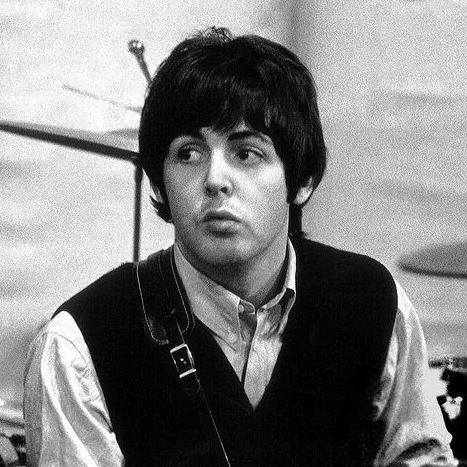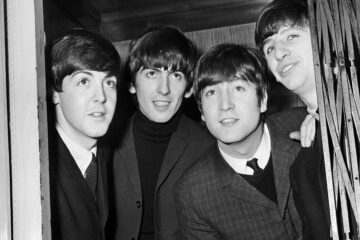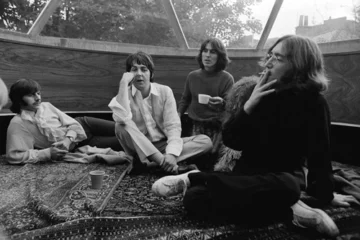Paul McCartney’s approach to songwriting seems to fall into two categories. On one hand, some of his songs are firmly and clearly rooted in the reality of his life. ‘The Lovely Linda’ makes no attempt to hide the way Linda McCartney inspired it, while ‘Hey Jude’ was inspired by John Lennon’s son, Julian. Plenty of his songs find their feet in their home of Liverpool or in the world surrounding him. However, the other side of his work is the total opposite, as he escapes into a world of fantasy with far-off lands and made-up women.
The further into The Beatles’ career they traversed, the more that second side seemed to consume their brains. By the time they were recording The White Album, reality fell by the wayside in favour of strange narratives, spiralling images and crazy, psychedelic-coloured characters. On that one album alone, there’s Rocky Racoon, Bungalow Bill, Sexy Sadie and plenty of other characters as the musicians seemed to delve deep into their imagination for their most adventurous album to date.
It was also their most untethered record in so many ways. In 1968, the band travelled to India to study with the Maharishi, each having very different experiences there. While McCartney and Starr left quickly, John Lennon and George Harrison stayed on. That one trip became a kind of microcosmic example of how the band were beginning to evolve, straining their personal and creative relationships as they seemed to grow down different paths. It’s also a further moment where they were untethered not only from their home of Liverpool, pulling them away from their origins and local tales, but also even away from the UK and their role as the ultimate British band.
The Beatles were getting deeper and deeper into drugs, too. What had started with a few joints here and here had spiralled into heavier stuff as the members experimented with LCD or even heroin in Lennon’s case. The “turn on, tune in, drop out” ethos of the late 1960s countercultural scene was making its way into the world of the band, so while McCartney had once been tuned into the world around him, he was now readjusting his mental radio to simply tune into his imagination.
That’s how ‘Honey Pie’ was born: a love song for no real person. In stark contrast to ‘Wild Honey Pie’, an uncanny little ditty that could be seen as the first dose sending the brain into a spiral, ‘Honey Pie’ is classic and crooning, like the curtains opening in a calmer theatre of the mind.
On an album with no musical cohesion or sonic through-path, ‘Honey Pie’ is simply another stylistic switch-up. But while the other songs fly off into experimentation, McCartney’s psyche seemed to bring him back to tradition or to the old-school sounds he’d always loved. “Both John and I had a great love for music hall I very much liked that old crooner style – the strange fruity voice that they used,” he said.
So, as he played the role of the old singer, he wrote himself an imaginary counterpart. “’Honey Pie’ was me writing one of them to an imaginary woman, across the ocean, on the silver screen, who was called Honey Pie,” he explained. Singing, “She was a working girl North of England way / Now she’s hit the big time in the U.S.A,” the story tells the tale of a man pining after a famous lover.
“It’s another of my fantasy songs,” he said. However, there could be an element of truth to it. Just before the White Album sessions began, McCartney split with his long-term girlfriend Jane Asher, in part due to both of their chaotic schedules as notable figures, with the Beatles US tour especially putting strain on their relationship. Perhaps there’s a level to which this experience inspired the song as he sings, “Oh, Honey Pie, you are driving me frantic / Sail across the Atlantic / To be where you belong / Honey pie, come back to me.”
But McCartney insists that it was merely a story plucked from his imagination about a girl that never existed. Instead, the love interest was nothing but a made-up vehicle for an idea, stating, “It’s a nod to the vaudeville tradition that I was raised on.”



